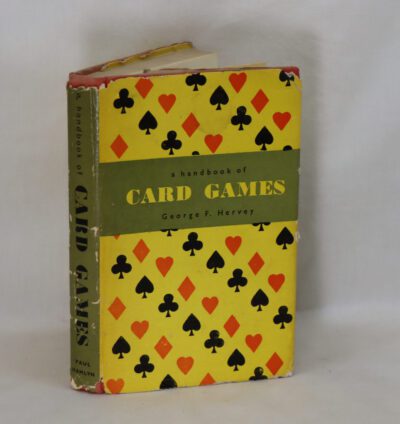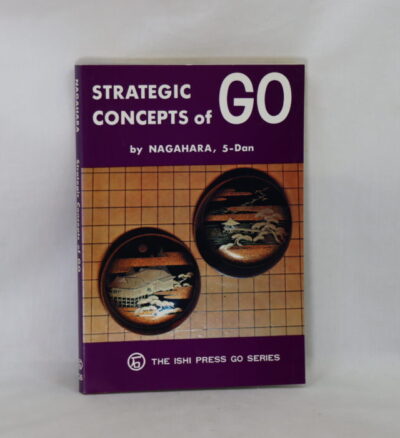Fundamental Chess Openings.
By Paul van der Sterren
ISBN: 9789083336510
Printed: 2021
Publisher: Gambit Publications.
| Dimensions | 17 × 25 × 3.5 cm |
|---|---|
| Language |
Language: English
Size (cminches): 17 x 25 x 3.5
Condition: As new (See explanation of ratings)
Your items
Item information
Description
Softback. Yellow and blue binding with blue and black title.
F.B.A. provides an in-depth photographic presentation of this item to stimulate your feeling and touch. More traditional book descriptions are immediately available.
* The perfect survival guide to the chess openings
* All openings covered
* Detailed verbal explanations of plans for both sides
* Up-to-date and featuring many tips and recommendations
* Insights into the ‘character’ of each opening
* Written by one of the world’s foremost opening experts
The first moves of a chess game define the nature of the whole struggle, as both players stake their claim to the critical squares and start to develop their plans. It is essential to play purposefully and to avoid falling into traps or reaching a position that you don’t understand. This is not a book that provides masses of variations to memorise. Paul van der Sterren instead offers a wealth of ideas and explanation, together with the basic variations of each and every opening. This knowledge will equip players to succeed in the opening up to good club level, and provide a superb grounding in opening play on which to build a more sophisticated repertoire. The strategies he explains will, unlike ever-changing chess opening theory, remain valid as long as chess is played, and so the time spent studying this book will be rewarded many times over. Grandmaster Paul van der Sterren has won the Dutch Championship on two occasions, and in 1993 reached the Candidates stage of the World Chess Championship. He is an internationally renowned chess writer and editor: he was one of the founding editors of New in Chess, for whose Yearbooks he has contributed more than 150 opening surveys.
Chess is a board game for two players. It is sometimes called Western chess or international chess to distinguish it from related games, such as xiangqi (Chinese chess) and shogi (Japanese chess). The current form of the game emerged in Spain and the rest of Southern Europe during the second half of the 15th century after evolving from chaturanga, a similar but
much older game of Indian origin. Today, chess is one of the world’s most popular games, played by millions of people worldwide. Chess is an abstract strategy game and involves no hidden information. It is played on a chessboard with 64 squares arranged in an eight-by-eight grid. At the start, each player controls sixteen pieces: one king, one queen, two rooks, two bishops, two knights, and eight pawns. The player who moves first controls white pieces, and the other controls black pieces. The object of the game is to checkmate the opponent’s king, whereby the king is under immediate attack (in “check”) and there is no way for it to escape. There are also several ways a game can end in a draw. Organised chess arose in the 19th century. Chess competition today is governed internationally by FIDE (International Chess Federation). The first universally recognised World Chess Champion, Wilhelm Steinitz, claimed his title in 1886; Magnus Carlsen is the current World Champion. A huge body of chess theory has developed since the game’s inception. Aspects of art are found in chess composition, and chess in its turn influenced Western culture and art, and has connections with other fields such as mathematics, computer science, and psychology. One of the goals of early computer scientists was to create a chess-playing
machine. In 1997, Deep Blue became the first computer to beat the reigning World Champion in a match when it defeated Garry Kasparov. Today’s chess engines are significantly stronger than the best human players and have deeply influenced the development of chess theory.
Want to know more about this item?

Related products
Share this Page with a friend











